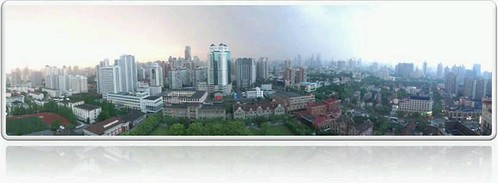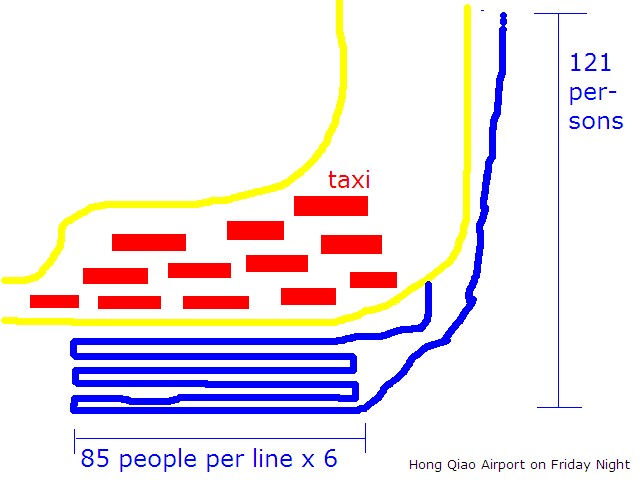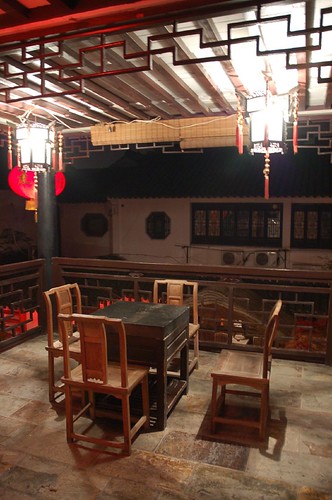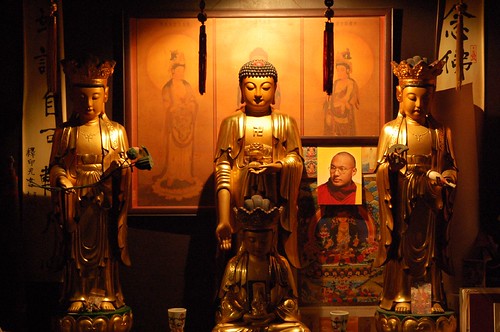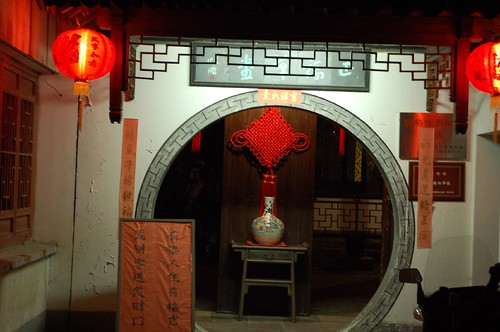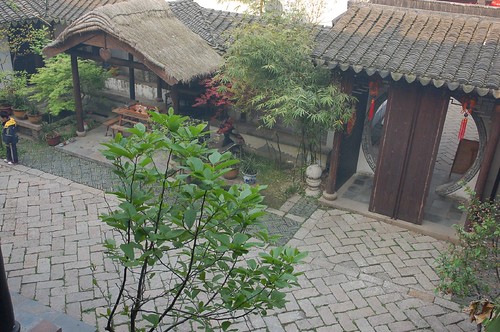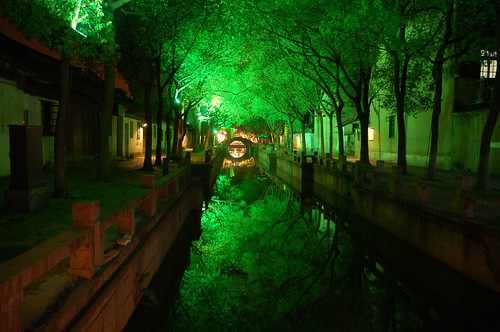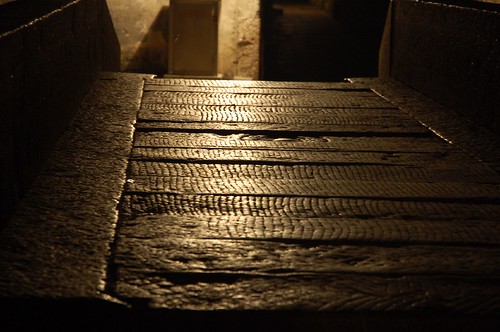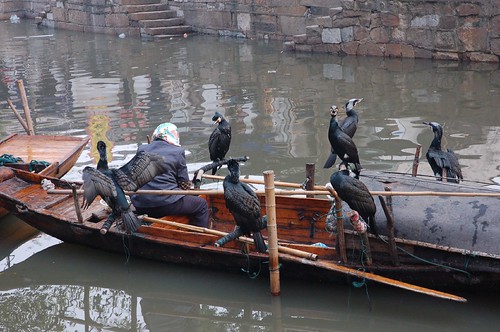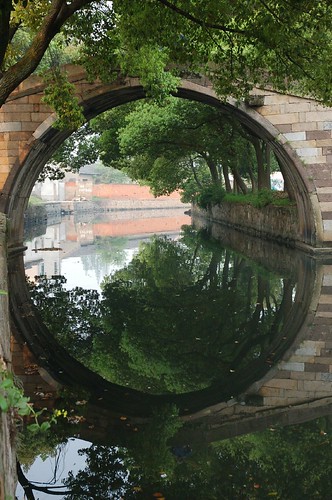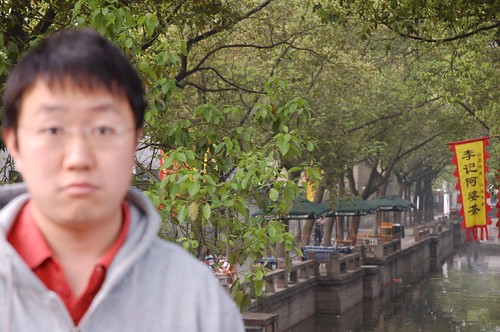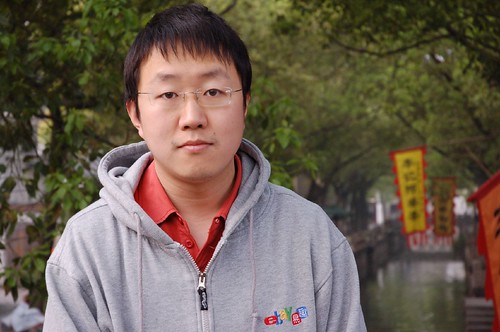When I talked about Reasons of Bad Traffic in Shanghai, people asked me about how I drive in Shanghai. This is a good question. Very good one. As a daily driver, and as someone who is highly concerned about traffic rules, and the chaos traffic, let me explain how I drive. I don’t want to be political correct at all – don’t expect me to tell you that I follow all traffic rules – I just want to share exactly how I drive and why. This helps better than telling everyone how I SHOULD drive.
Stop Signs
First thing, I don’t stop and stop signs.
As I described in this post: On Ethic, to stop at stop signs create chaos.
I do slow down at stop signs.
There are two reasons for this. Not many drivers in Shanghai respect stop sign, and to stop at stop sign is exactly as to do a full stop on the road. The car behind you can easily hit your car, or offended. Whenever I stop at stop signs, and if there is a car behind me, they may either horn, or flash the front lights, or more often, turns and pass me.
The second reason is, stop signs work better for road with not-so-wide bicycle lanes, or with fewer bicycles.
Taking the exit of my residential area as an example. If I stop at the stop sign, just before the bicycle lane, there is no way for me to see whether there are cars on the main road, because it is still 2 meters away, and the cars are completely hidden behind the green plants which separating the main road and the bicycle road.
If I move on a little bit, and completely stops at the bike lane, this is very like the stop sign position in US. Then I can see whether there are cars on the road, but the problem is, even if there are cars on the main road, I have to move on (slowly) since I have completely jammed the bikes. There is just no way for a car to stay in the middle of a bike lane (it is as wide as a car).
I do stop sometimes, at certain places (like the one behind Grand Gateway) every morning – only when there is no cars behind me.
Turning Right
I do turn right even when there are pedestrians on the zebras.
This is even more complicated. There are also two reasons.
Reason No. 1. Traffic rules are mutual agreement. I do stop at the zebra, and wait for pedestrians. Most of the time, they would stop and wait for you. Waving hands and gave signs for them to go first do not always work. In my experience, the working ways is to yelling at people and say, “go first”, and people hestitately move on. This is not a big problem though. The rule of thumb is, either decide to stop and stop firmly, or decide to go, and go carefully. Never get into the middle – when I stop, people stop. When they go, I go – too dangerous in this situation, even worse than directly go (but carefully).
The second reason, there are so many cars behind you. If you don’t go on, for example, at the Guangyuan Road and Gongcheng Road in Xujiahui, it is pretty sure that you will never be able to turn right. It is the same at Huaihai Road and many other roads in Shanghai. It is OK to stop for the first group of pedestrians, but to wait until there is no pedestrians on the zebra before you go is just impossible.
The Pedstrain go first rule does not work in crowded city like Shanghai. The only working rule is, go carefully, and gave way to pedestrians as much as possible.
I remember there was hot debate about this on newspaper – why it is allowed to turn right at red light? Many people propose for cars to stop at red light – just as in Europe. The explanation was, if Shanghai has this rule, the traffic will completely stop.
I thought twice, and believe this is a reasonable answer. It is all about resources. There are so few roads, and so many cars, and people. People have to accept the fact is, not everyone has 2 sq. meter of space in this city. It is just like in a village, there are totally 1000 USD there, and there are 100 people. The reality is, everyone only have 10 USD. We can either increase the total social wealth (by building more road) or reducing population (by limiting car numbers). When these two factors are not changed, people have to accept the fact that cars are allowed to make right turn at red light.
Having said that, I am not saying the current way is correct. Drivers must show respect to pedestrians at any time, and give ways as often as possible.
It is like the “PUSH to walk” button. In many places, there are such button. The intention of the design was to keep the traffic light system more efficient. it turns out that most of the buttons were not used, since it is pressed all the time all day – there are just too many people that the button does not help.
Speeding
I don’t drive too fast. I respect most of the traffic signs, like 80 KM/h on the elevated highway, 110 KM/h on expressway.
There are some exceptions. One is at the Puxi part of Nanpu Bridge, heading toward Puxi. It makes 40, but when everyone is running at 60, to keep at 40 means intentionally mess up the traffic. I tried to keep at 40 KM/h, and in the 2 minutes of my drive, more than 10 cars behind me changed lane, passed me, and change back to the lane before me. That means because of me, the traffic was turned into a mess. To keep a rule that is not in effect and create real chaos, or to break the rule but be part of peaceful, and ordered traffic, that is a question for any driver.
The other is the Wanping Road Exit of Inner Ring. There are 1000 meters with speed limit of 30 km/h. The left lane has limit of 80 km/h. You can imagine what happens if I suddenly slow down to 30 and keeps that. The same problem.
While we see many “wrong rules”, the choice is, whether to follow the rule and create chaos, or to follow the reality. This is not an easy question to answer. I know the “political correct” answer, but my choice is the “reality correct” answer.
P.S. This is the bonus question for you:
A train running out of control. It runs toward a station. There are 20 children playing on the working railway, and one children playing at an abandoned railway. As the one in charge of the railway, you have two choices. One is to let the train go, and this will kill 20 children (who do not follow the safety rule, and playing in dangerous place), the other choice is to switch the train to the abandoned rail and kill one innocent children. He is doing the right thing but killed for someone else’s fault. What is your choice?
Update April 28, 2007
Check out the future discussion and explaination here.
